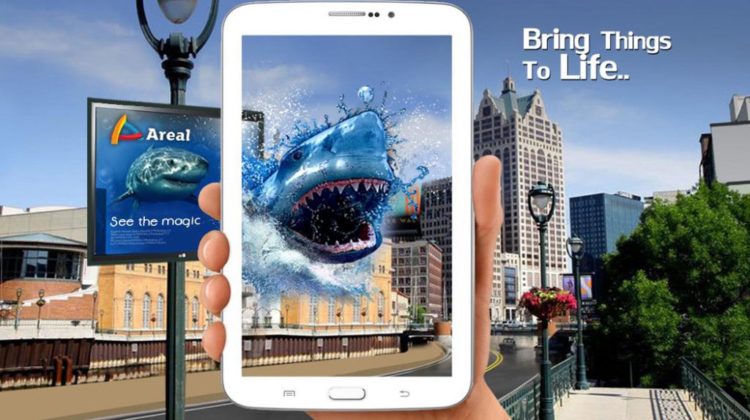
Augmented reality (AR) is an enhanced version of the real physical world that is achieved through the use of digital visual elements, sound, or other sensory stimuli delivered via technology (Hayes 2021). Augmented Reality technology has seen unprecedented growth in 2021 (Makarov 2021). The market for AR technology is worth 15.3 billion US dollars. Due to greater app support, AR- capable devices and their users have dramatically increased. It is a growing trend among companies involved in mobile computing, business applications and a formidable tool in the advertising and public relations sector’(Hayes 2020). Below are the different avenues and trends that drive the surging augmented reality market. Unlike virtual reality, which creates its own cyber environment, augmented reality adds to the existing world as it is (Makarov 2021). Retailers and other companies have adapted augmented reality to promote products or services, launch novel marketing campaigns, and collect unique user data.
The role of artificial intelligence in augmented reality cannot be understated. The high demands placed upon augmented reality software simply cannot rely solely on human programming to display virtual objects against a real-world backdrop (Makarov 2021). Amid the rise of data collection and analysis, one of augmented reality’s primary goal is to highlight specific features of the physical world, increase understanding of those features and derive smart and accessible insight that can be applied to real world applications. With this, marketers are able to carry out successful digital campaigns. Machine learning and artificial intelligence cannot function without a strong team of data science engineers. Analysis and collection of training data is vital for the success of a machine learning program designed to support AR software. The engineers also need to carefully fine tune and optimize the model before integration and deployment.
AI can also play a supportive role alongside AR. For example, automatic suggestions can be given to in-person shoppers at a store using an AR experience on their smartphone. These suggestions would be driven by chatbots powered by natural language processing (NLP) technologies. AR-driven virtual fitting room technology would not be possible without AI support. AI plays a vital role in analyzing a user’s facial features and contours, as well as the rest of their body if necessary.
Mobile Augmented Reality
The Google ARCore, also known as Google Play Services for AR, is a software development kit developed by Google that allows for augmented reality applications to be built. This enables one to build new augmented reality experiences that seamlessly blend the digital and physical worlds (developers.google.com). AR is implemented in shopping and retail as well. IKEA’s app allows customers to see what furniture and other products might look like in their own homes using AR technology. While in-store, smart mirrors open up new avenues for product suggestions to customers. Augmented reality helps to enhance in-person and virtual events such as career fairs and sports events. This can be done via dedicated apps or through Web AR solutions. AR events can provide unique experiences to attendees, as well as provide them with a way of interacting despite restrictions like quarantine.
When it comes to marketing, a lot of trends are being seen across the world of various OOH digital advertising implementations of augmented reality. These billboards gather crowds, traffic online, and aid in organisational PR. According to smartinsights.com augmented reality aids marketing in the following ways:
- Let’s customers try before they buy
- Augmented touring and assistance
- Augmented branding materials
- Create a buzz around the brand
https://developer.apple.com/videos/play/wwdc2020/10611/
https://mobidev.biz/blog/ar-ai-technologies-virtual-fitting-room-development
https://www.investopedia.com/terms/a/augmented-reality.asp
https://www.fi.edu/what-is-augmented-reality
https://mobidev.biz/blog/augmented-reality-future-trends-2018-2020
